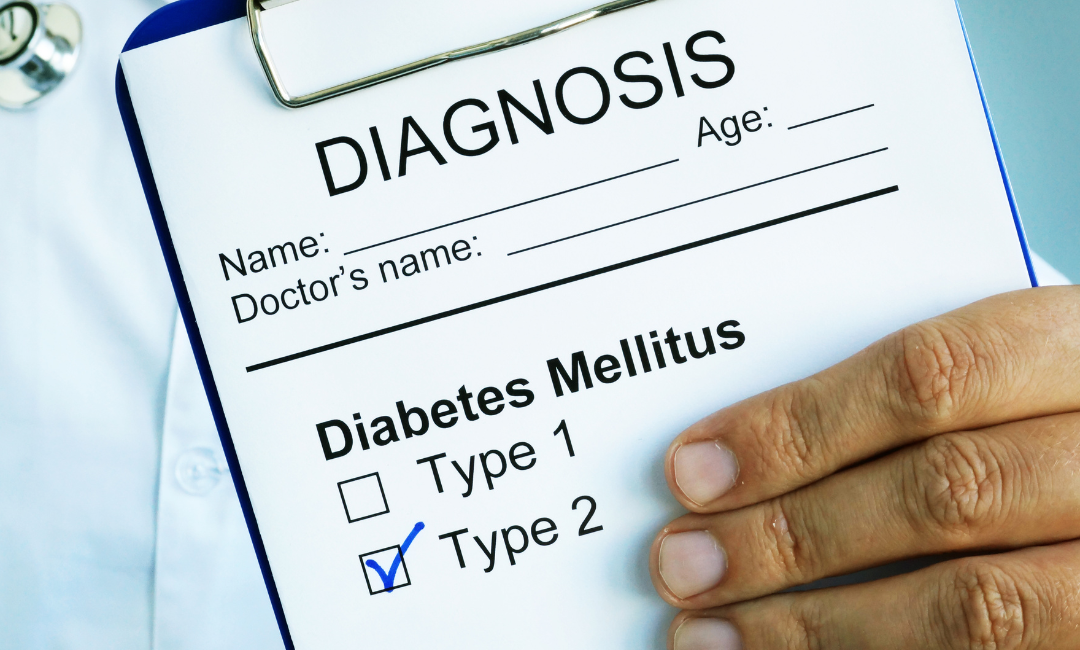As a nurse, it is essential to be well-versed in the medications you administer to patients, particularly when it comes to high-risk medications such as anticoagulants. Warfarin, a commonly prescribed anticoagulant, plays a crucial role in preventing and treating blood clots.
This blog post aims to provide a comprehensive overview of warfarin, including its indications, pharmacokinetics, contraindications, and potential drug interactions.
Additionally, we will discuss crucial nursing considerations to ensure patient safety and optimal therapeutic outcomes. By understanding the complexities of warfarin therapy, you can better care for your patients and help them navigate the challenges associated with this medication.









